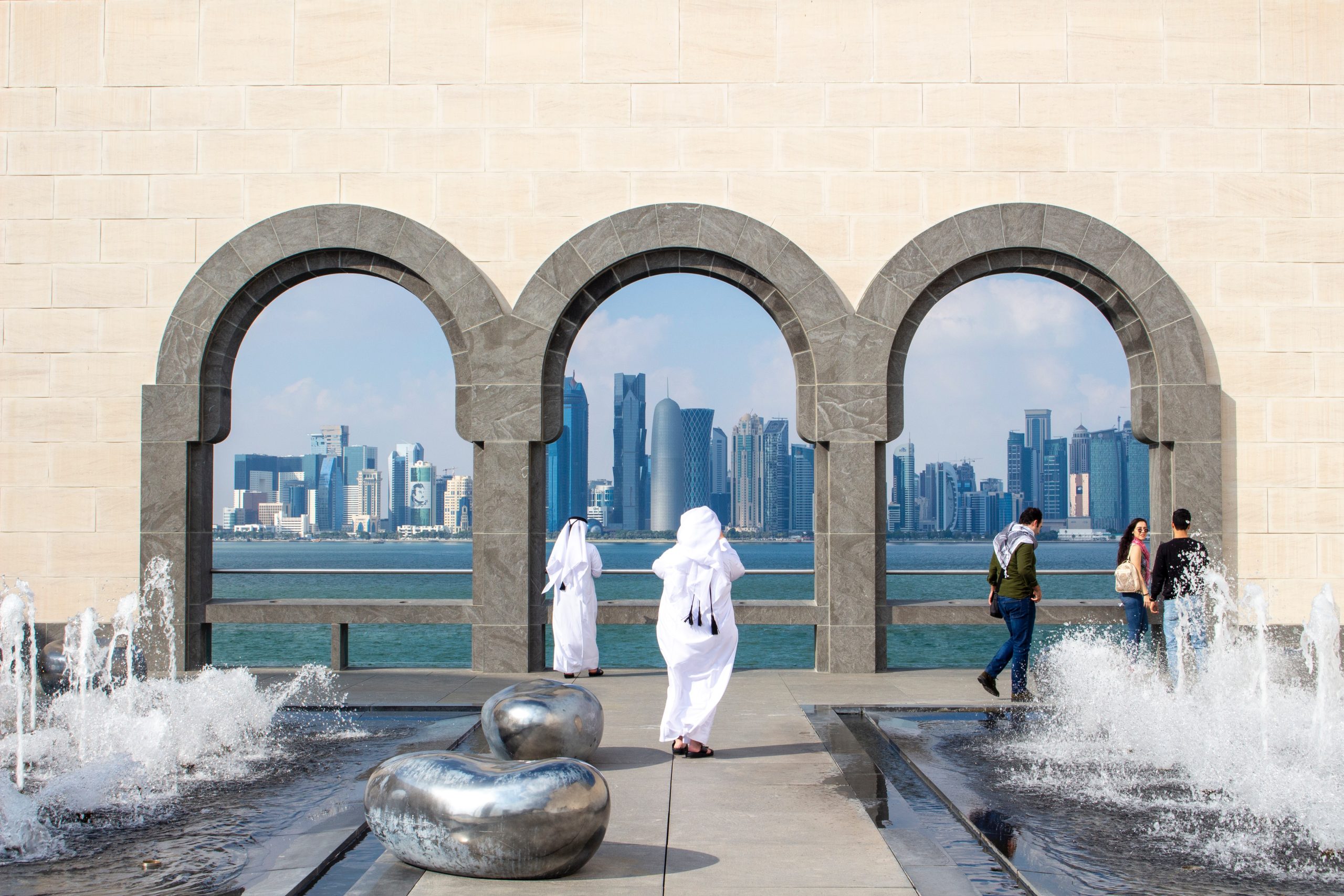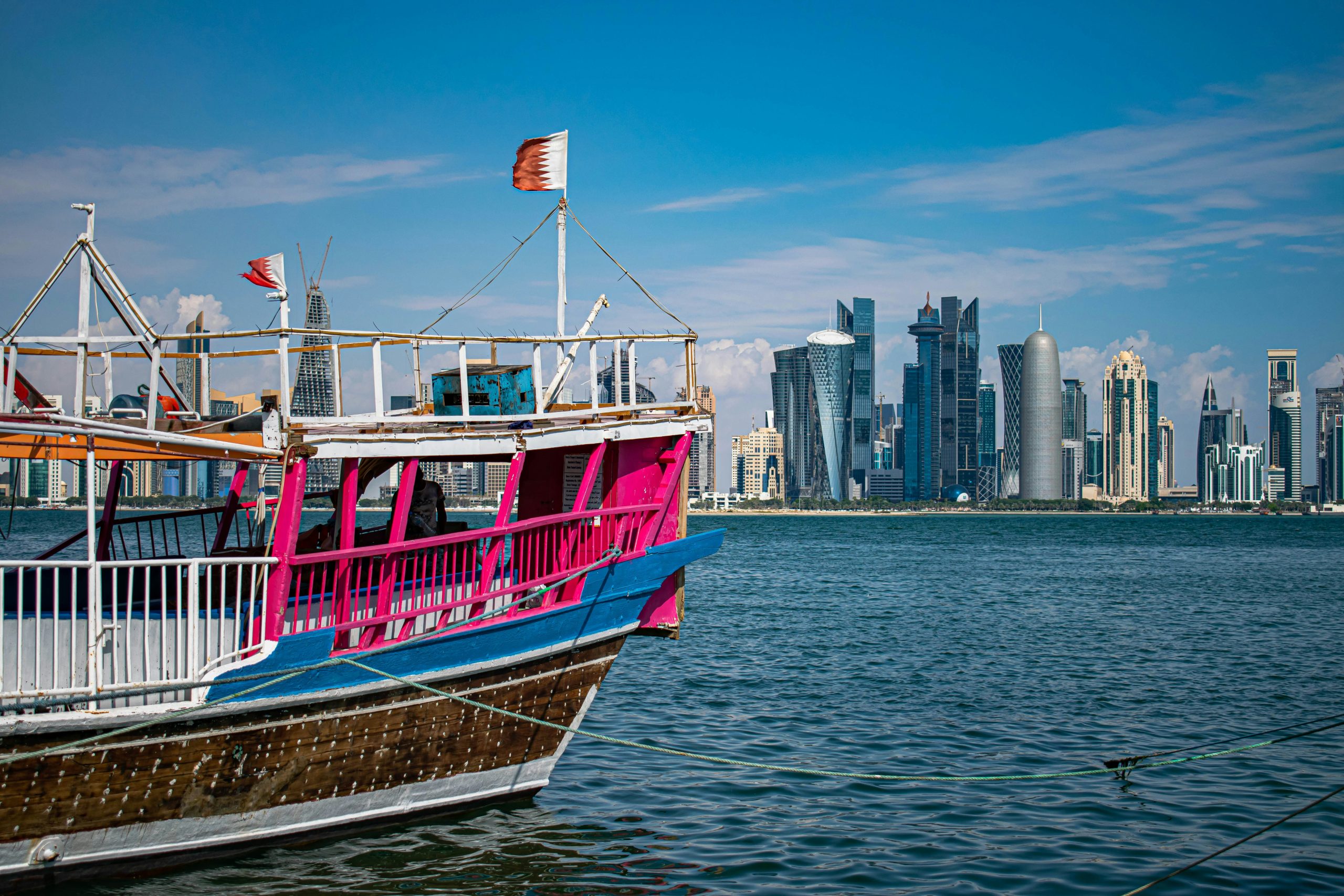Signaling the start of the traditional autumn influx of new and returning residents, Qatar’s population has again climbed above the 2 million mark following its usual summertime dip.
Official figures released Tuesday by the Ministry of Development, Planning and Statistics record a total of 2,077,357 people in the country during August – some 157,000 more people than were in the country at the end of July. This includes residents as well as visitors.
This shows a rise of just over 11 percent on the same period last year, when the August 2013 population stood at 1.86 million.
In keeping with previous trends, the ratio of men to women remains at around 3:1.
With residents still returning from their summer breaks and new people moving to the country in advance of the start of the school year, residents are preparing to face busier roads and malls as the population continues to climb during the course of September.
Last September, Qatar’s population hit 2 million for the first time, but the country generally sees a drop in its number of people through June, July and most of August. Many people go on holiday to escape the summer heat, while others leave the country for good.
However, fewer people than ever left during June this year – possibly caused by residents postponing their holidays by several weeks due to Ramadan.
Population explosion
Qatar’s population is expected to keep climbing over the coming years as companies recruit more workers for the country’s extensive infrastructure and construction projects.
Frank Harrigan, the director of MDPS’s Department of Economic Development, previously forecast that the country’s population would continue to rise to a peak of 2.5 million until World Cup-related projects are complete:
“By 2015 or 2016 when most of projects should be working in full capacity, the population will reach its peak level. But as these projects reach their completion many workers will start returning home, and we would see the population declining.”
This trend puts more pressure on vital services such as transportation, schools and healthcare, as well as raising concerns among Qataris about dilution of national identity, values and religion.
Urban development
Doha in particular has undergone tremendous change in the last decade, and one can view the impact development has had on the city through a fun, interactive map.
Issued by the Ministry of Municipality and Urban Planning (Baladiya), the online tool uses satellite maps which compare Doha in 2003 and then in 2013, with a facility to zoom in on small detail.
Compare #Qatar Urban Development based on Qatar Satellite Images 2003-2013. (See how your city developed) http://t.co/ztBkvlvt1d #MMUP
— Baladiya (@Baladiya1) September 1, 2014
Areas such as The Pearl and Al Waab have undergone some of the most significant change, along with the redevelopment of the old downtown in Msheireb.
You can access the map here.
Thoughts? What do you see that has changed?









